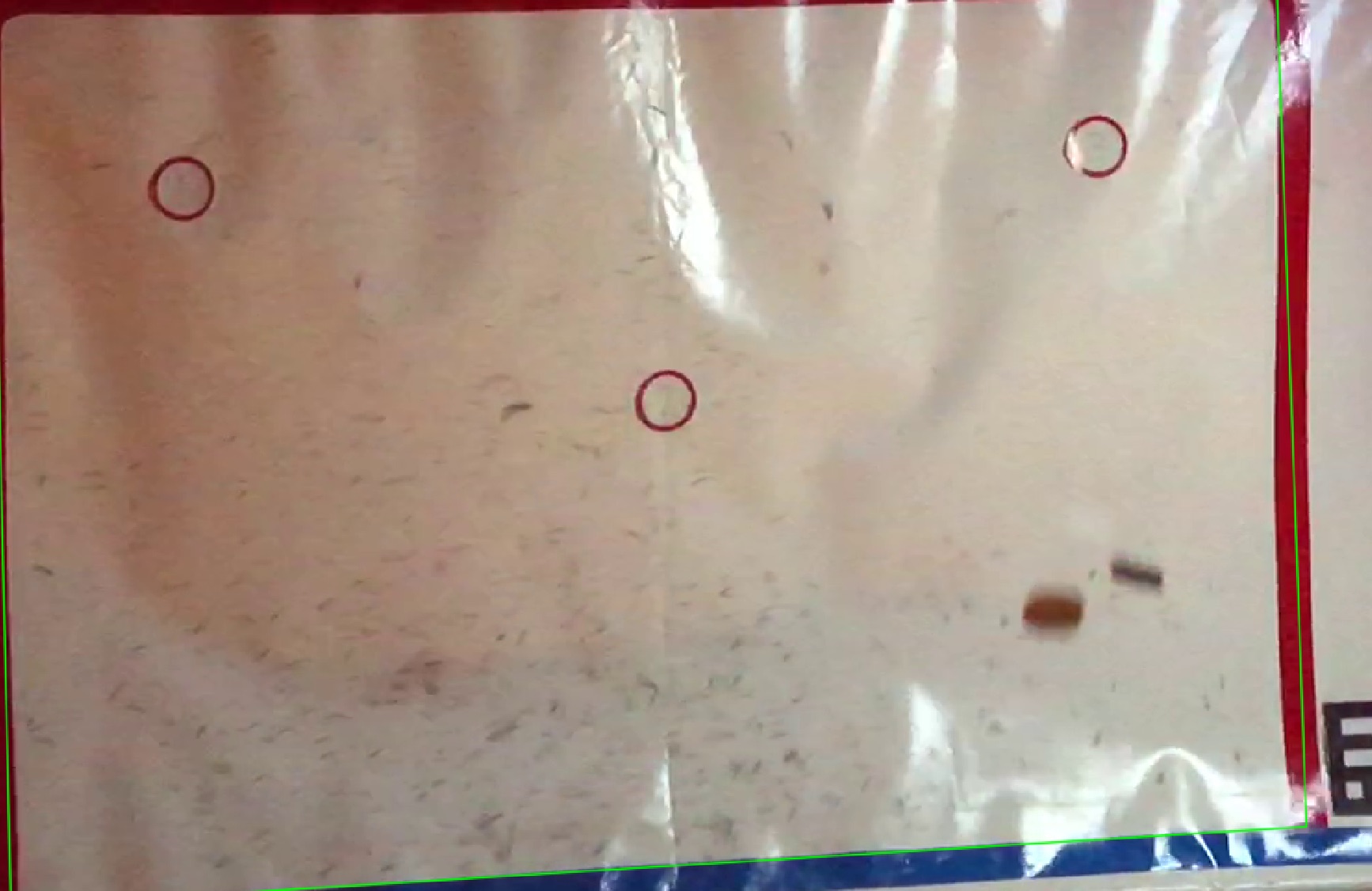Tenth Session: Artificial light
Yesterday, I recorded seven rounds in artificial light. This is yet another tricky situation I wanted to capture on video in order to later be able to test for invariance. That a computer vision algorithm can be made invariant to everything it is not supposed to detect or measure is never really the case, especially in non-controlled situations like this.
Artificial light is problematic in several ways. For one, artificial light is generally much more dim that natural light, which is why indoor photographs often turn out blurred. A camera could try to counteract this by increasing the aperture and increasing the sensitivity of the sensor but the latter has the sideeffect of noisy images.
Secondly, artificial light usually causes hard shadows as the amount of ambient light is so low compared to the point-source directed light. Thirdly, the color temperature of artificial light is different from that of natural light. This goes especially for street lighting and other similar sources of light where the light quality is relatively unimportant to energy efficiency.


Last and most problematic, many light sources tend to pulse or flicker. This is not always noticeable by eye but depending on type, these lights are recharged/reignited according to the frequency, or twice the frequency, of the power source. This is a known phenomena and one usually counteracts it by recording in a frequency that divides twice the power source frequency. Sweden has a power grid based on 50 hz and this means that 20 hz, 33.33 or 50 hz is safe to use. One problem here is that at least iPhones only offer multiple of 30 hz (since 60 hz is the power grid frequency in the US, one can assume). So recording in the slo-mo mode and 120 hz causes very noticeable pulsing as can be seen in the video below.
Augmenting the overhead lights with a sidemounted runner’s headlamp seems to have improved the situation but also caused canvas glare (see video below).
Now, the benchmark comparison here is really human analysis of the video material so if it is too dark to record a video, it would make it impossible to accurately analyze and thus makes it out of scope for this study. The accuracy in regards to these recordings definitely dropped because it was dark, primarily because it was difficult to tell the puck from its shadow, but it was by no means too dark.
With that said, from a training perspective, the light required to be able to train is much less than to record the training. An existing training location might thus have to be fitted with additional lights.

